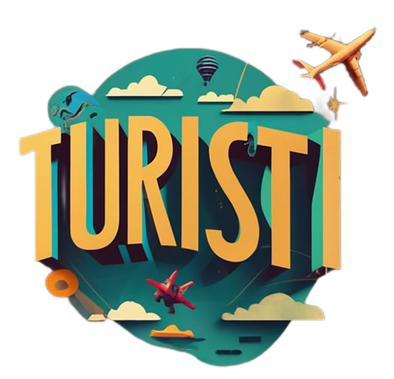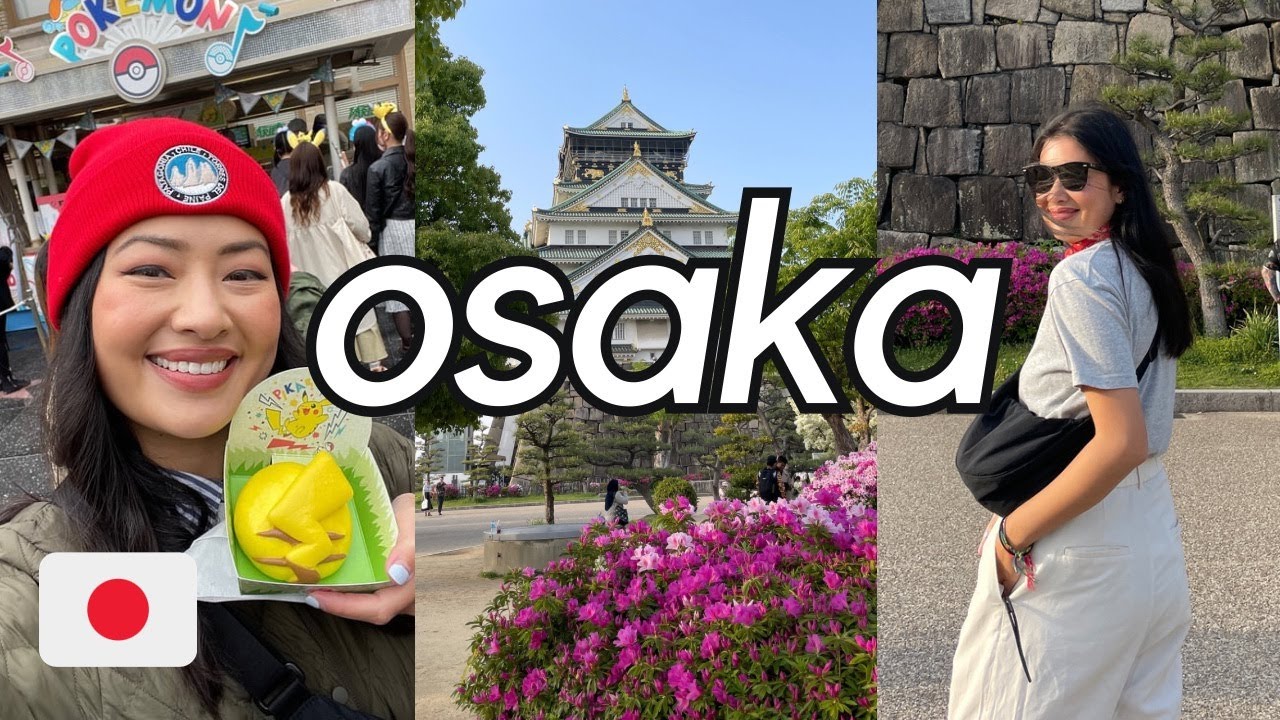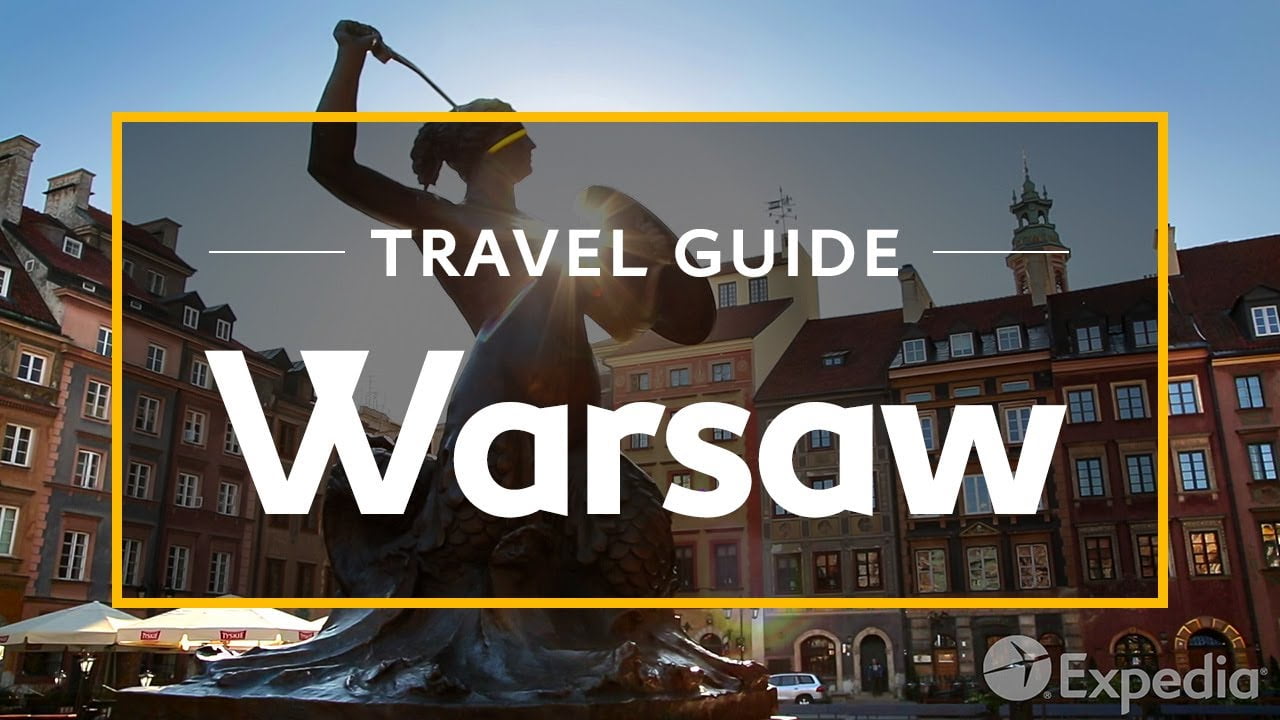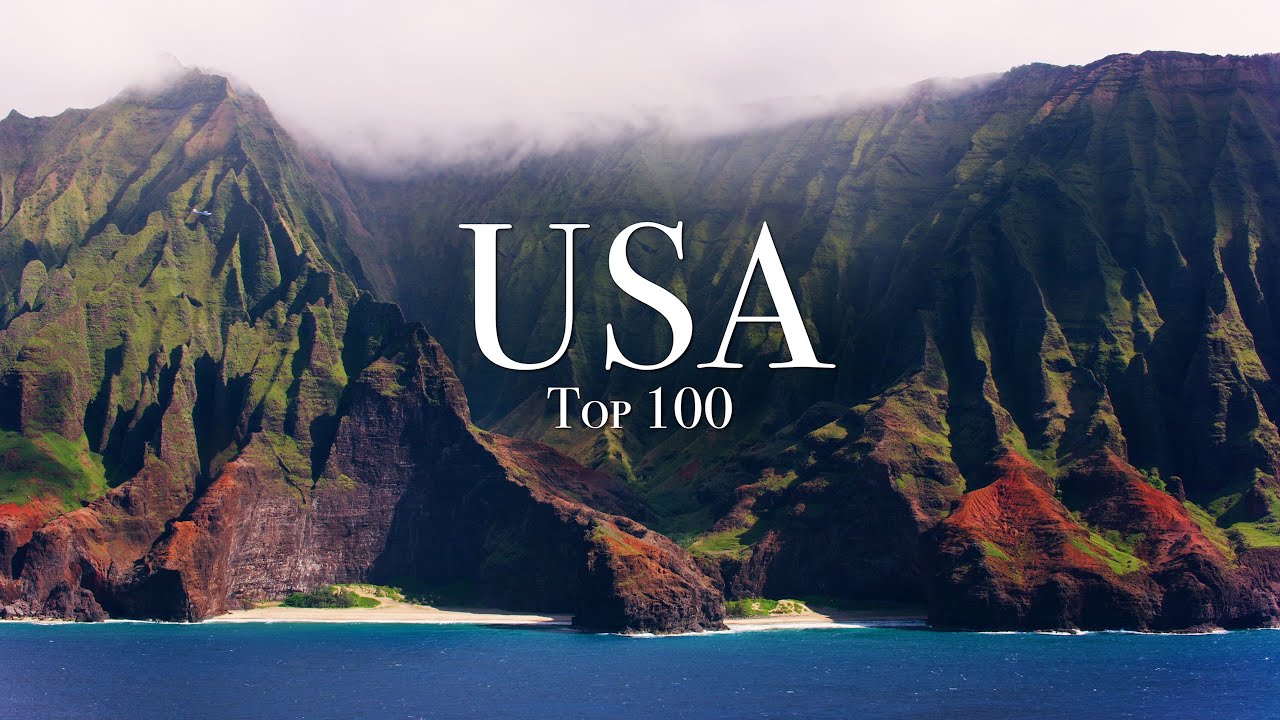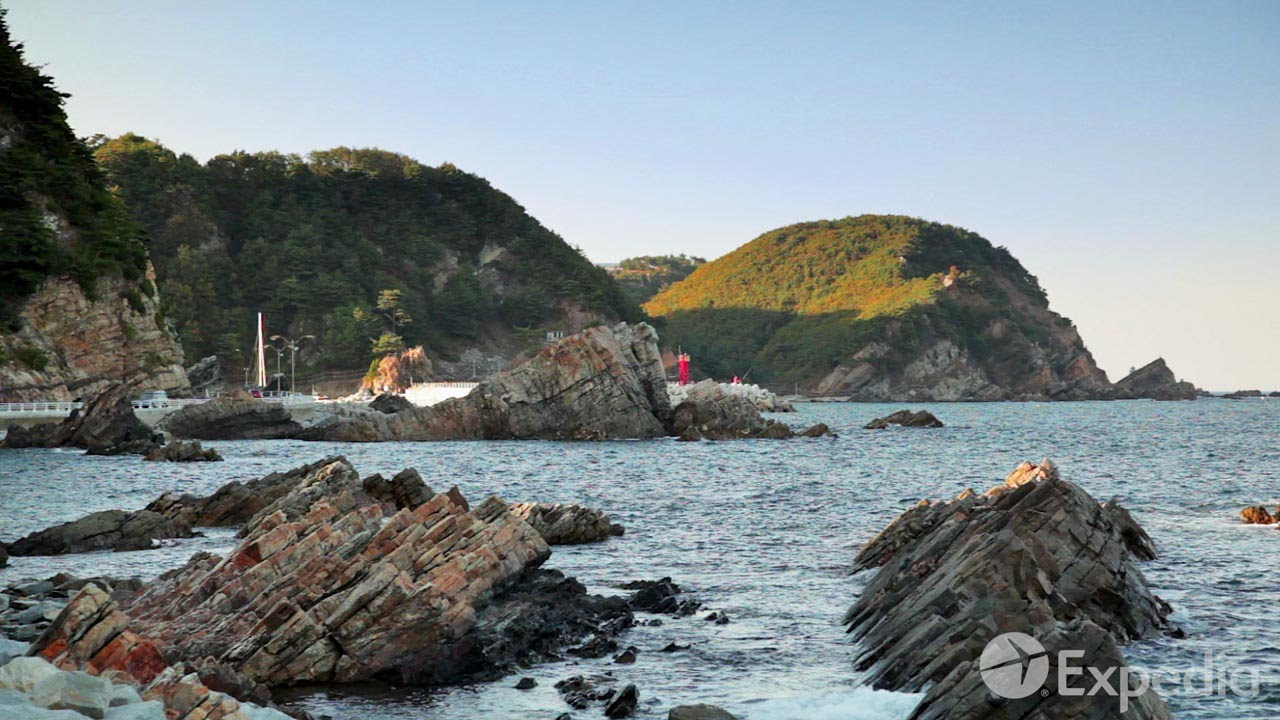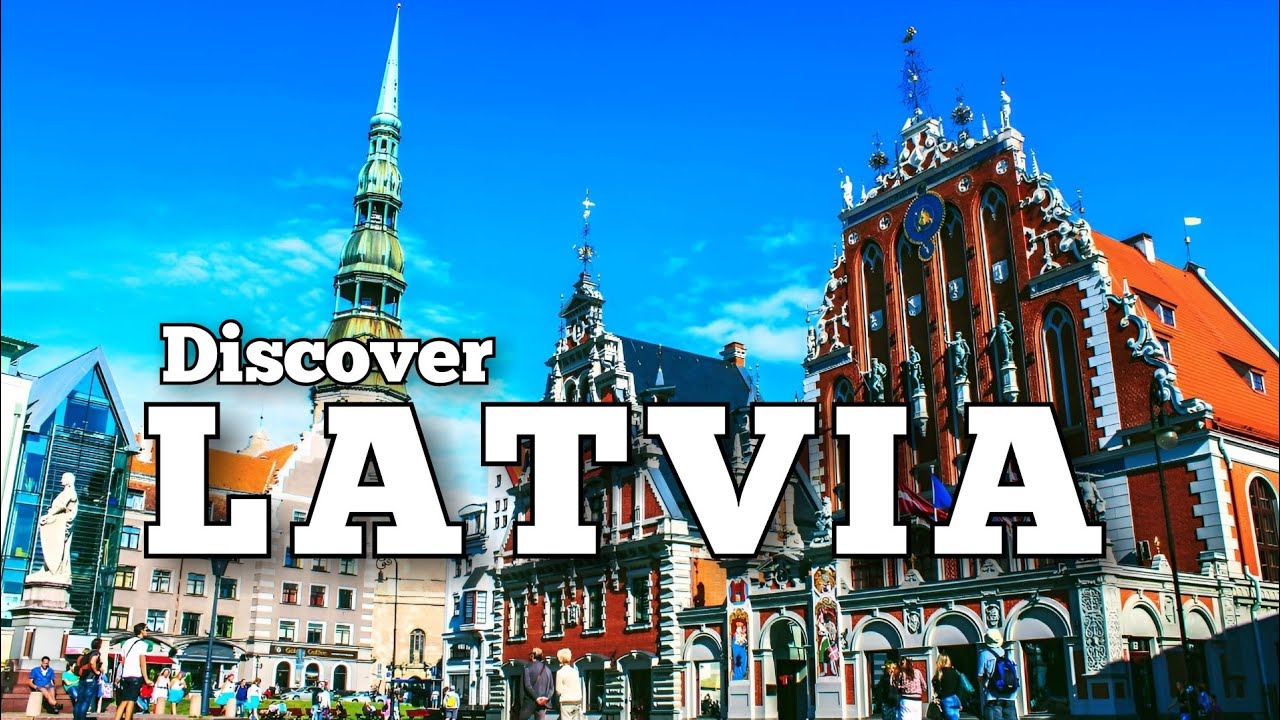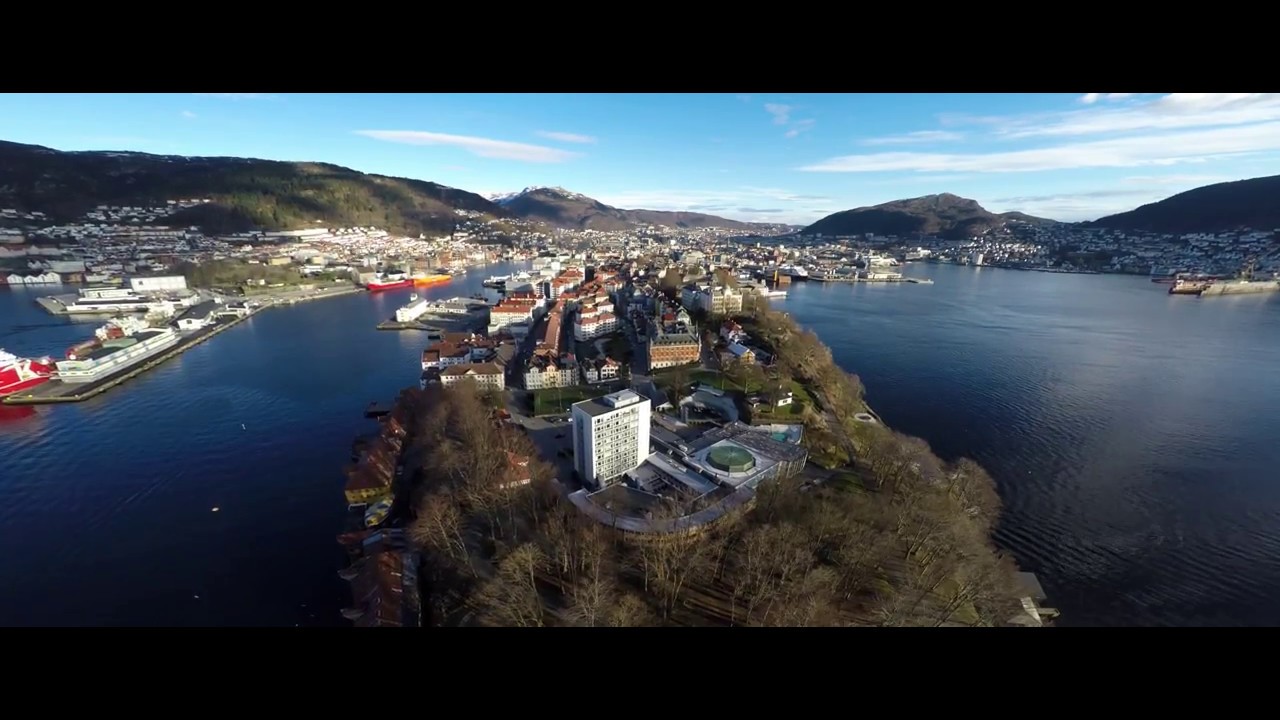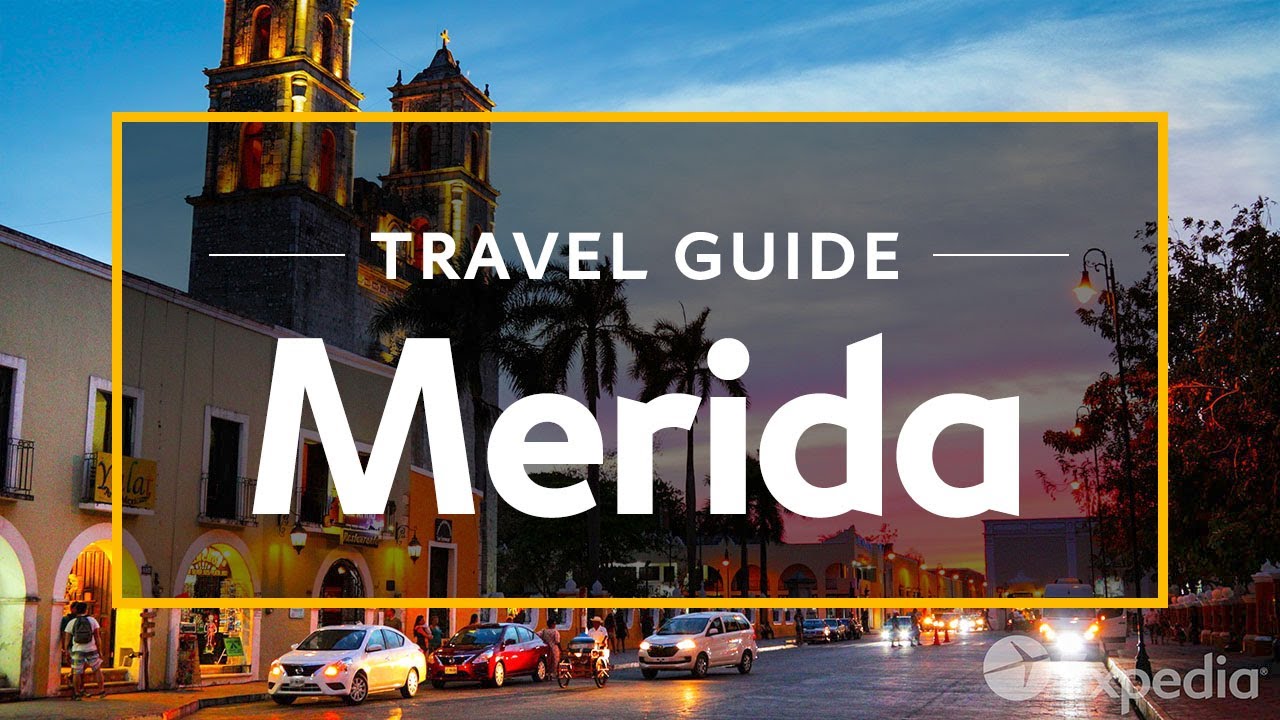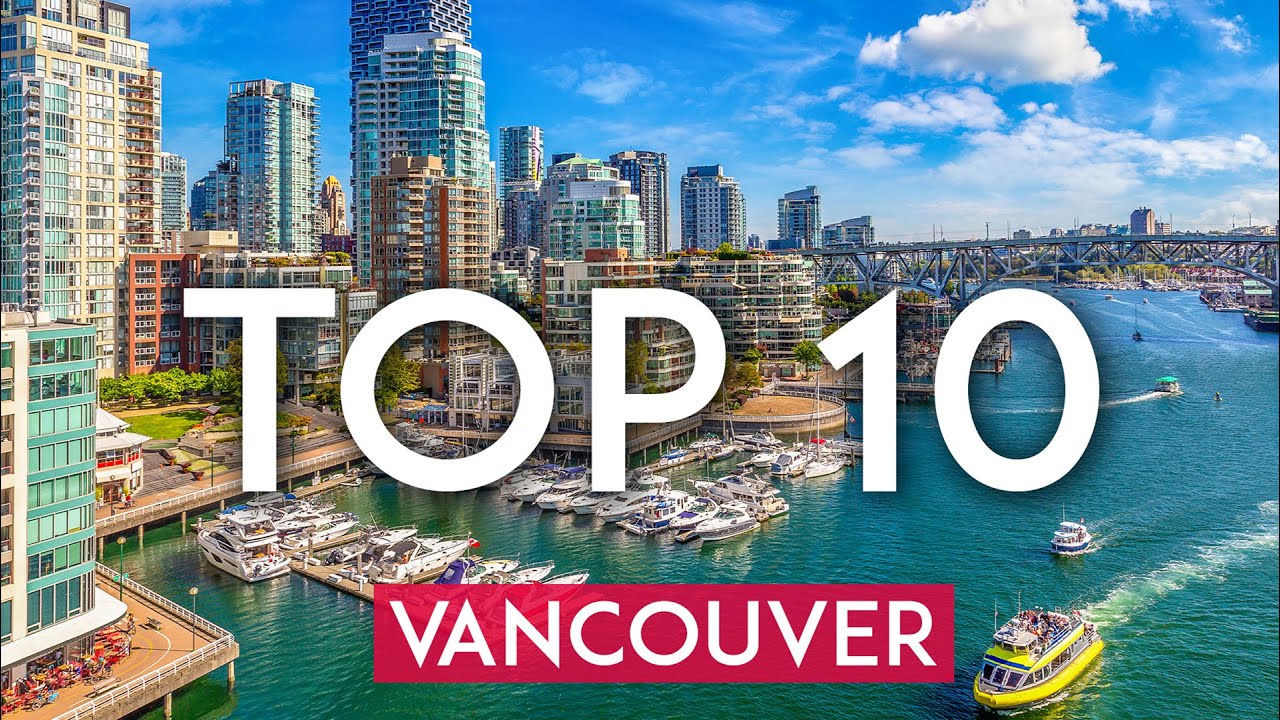Cusco & Machu Picchu – In Cusco and the Sacred Valley, magnificent ruins await the adventurous traveler.
In the southeast of Peru, at more than eleven thousand feet above sea level, lies the city of Cusco.
The former capital of the Empire of the Sun is the gateway to the Sacred Valley and the long-lost city of Machu Picchu.
Follow in the footsteps of the Incas and venture deep into the mystical Andes to see one of the most glorious places on earth: Machu Picchu, the city in the clouds.
The rise of the Inca empire is shrouded in myth. According to local legend, the children of Inti the sun god,
Arose from Lake Titicaca. One of these sons, the first Inca ruler, founded the sacred city of Cusco.
Visit the cradle of one of the greatest civilizations in history and explore the awe-inspiring legacy of the Incas. Their magnificent ruins lie hidden among the city’s 16th-century Spanish colonial buildings.
Cusco was originally laid out in the shape of a puma, with the Sacsayhuaman fortress for its head.
This archeological site offers beautiful vistas and makes a great playground. The present-day Plaza de Armas was the puma’s beating heart, Huacaypata. The Spanish destroyed the Inca palace of Wiracocha and replaced it with a cathedral.
Opposite it, on the foundations of yet another Inca palace, they built La Compañia church.
The tail of the puma was represented by Qorikancha, the Temple of the Sun’s fabled courtyard. It was the most important Inca temple of all, but the Spanish feared its pagan symbolism and demolished it
To make room for Peru’s first Dominican convent. Discover Cusco’s captivating layers of history as you climb the winding cobblestone streets.
Slow your pace to adjust to the thin air and to the Peruvian way of life. Venture into Hatunrumiyoc Street, which illustrates the astonishing masonry techniques of the Incas.
These pre-Columbian masons used interlocking patterns instead of mortar, and stacked the heavy stones with a precision that still baffles engineers today.
More than seven centuries, and several earthquakes later, you still can’t get a fingernail in between the cracks. Take a bus trip to the Urubamba Valley, better know as the Sacred Valley,
To see how the descendants of the Incas maintain a living presence in Peru. At Urubamba’s colorful market, livestock and crops change hands while mischievous dogs run off with the merchandise.
Look out over Peru’s fertile plains and snowcapped mountains during a visit to Chinchero, the mythical birthplace of the rainbow god.
From this sleepy Andean village it’s not far to the mysterious Moray Terraces. These structures have great acoustics and natural irrigation and cooling, but their purpose remains unknown.
Nearby, the Salt Mines of Maras predate the Inca dynasty by about a thousand years. The hundreds of terraced ponds are part of an intricate evaporation system
Constructed during the time of the Chanapata, one of Peru’s earliest civilizations.
The former nomads established the first farms of the region. In the far corners of the Sacred Valley lies Ollantaytambo. This living Inca city has been inhabited since the 13th century.
Climb its towering staircases to a ceremonial temple set in the mountain face.
These ruins mark the start of the 4-day Inca Trail to Machu Picchu, one of the world’s most rewarding treks. A quicker way to reach the remote Inca city is catching the train
To the riverside town of Aguas Calientes and then jumping on a bus, into the misty mountains.
Once the clouds evaporate from the mountain ridge above the Sacred Valley, the true splendor of Machu Picchu is finally revealed. It’s a humbling experience to stand at an altitude of nearly 8,000 feet
And gaze down at the Inca city below you. Overlooking the glorious ruins, it’s easy to imagine the hive of activity this peak must have been almost 600 years ago.
It’s one of the worlds’ greatest mysteries what became of the Incas who inhabited Machu Picchu.
What was once a major bastion in the largest empire on Earth, was slowly swallowed by the jungle, only to be uncovered a century ago.
The Inca dynasty has come and gone, but Incan descendants still survive in the highlands. These modern-day Children of the Sun still speak Quechua
And continue to live off the land, although many come to Cusco to sell their crops and alpaca-woolen textiles.
After dusk, when the story of the Incas becomes a whisper in the night, Cusco is covered under a starry blanket. A backdrop so gorgeous that it deserves to be preserved for eternity.

